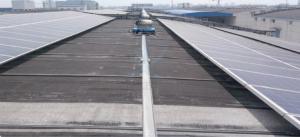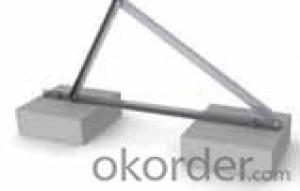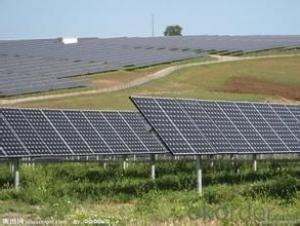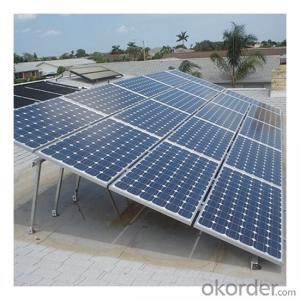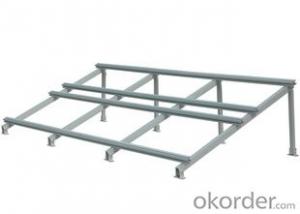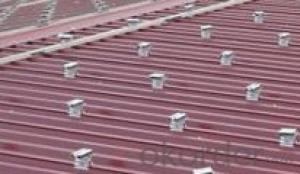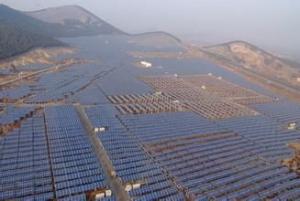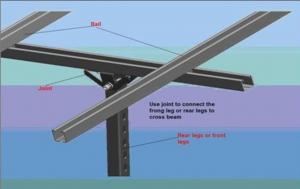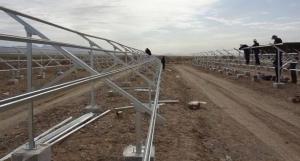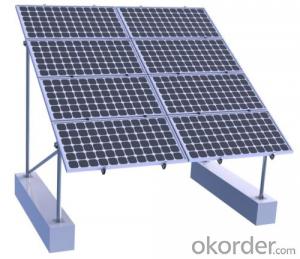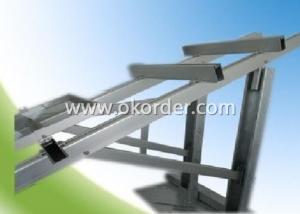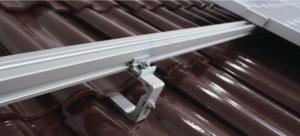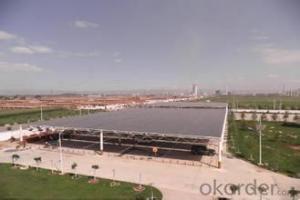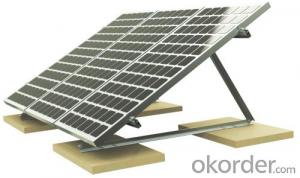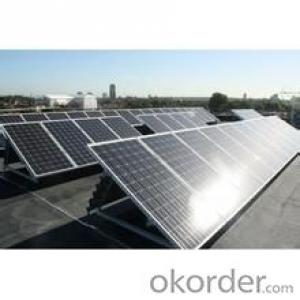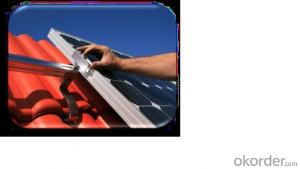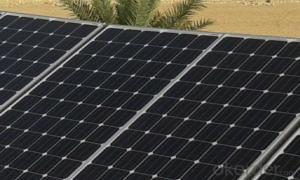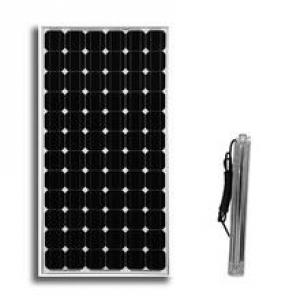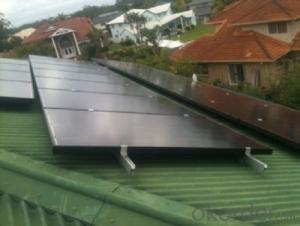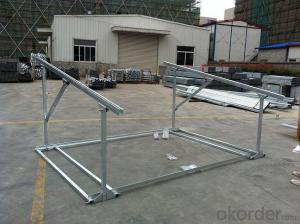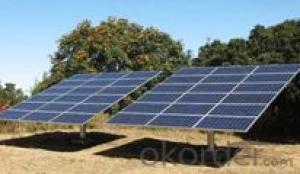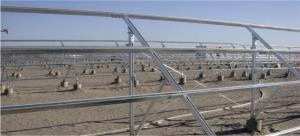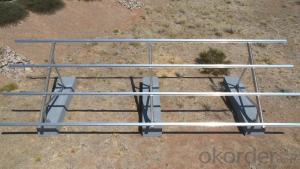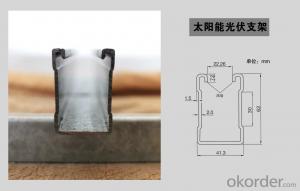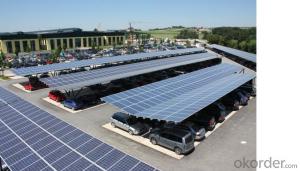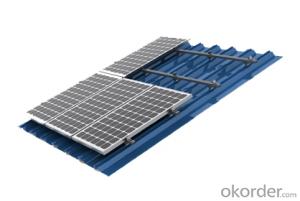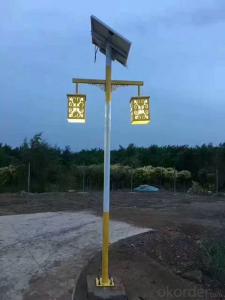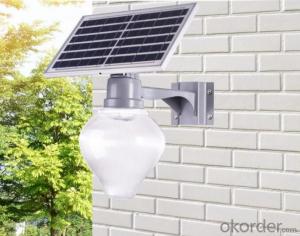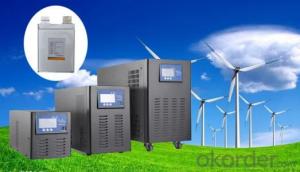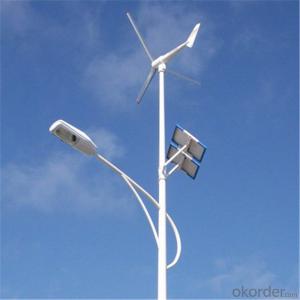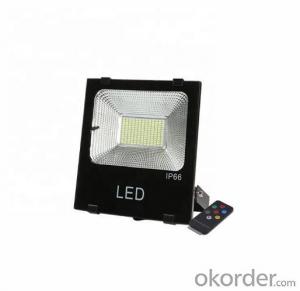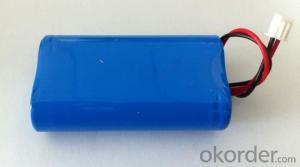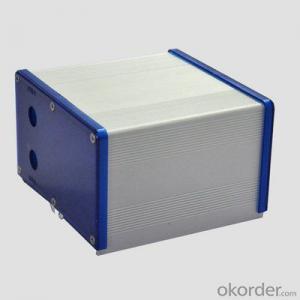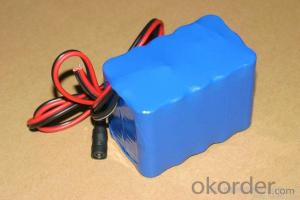Renusol Solar Mounting Systems
Renusol Solar Mounting Systems Related Searches
Refusol Solar Inverter Renogy Solar Module Rocksol Insulation Solar Module System Solar Panel Roof Mount Rock Sol Insulation Renogy Premium Solar Module Solar Module Racking Rec Solar Cells Roxul Fireproof Insulation Solar Module Equipment Solar Module Flat Roof Solar Racking Renogy Solar Inverter Module Solar Residential Solar Cells Renovo Solar Inverter Solar Air Module Solar Cattle Watering Systems Solar Panel Module Smart Module Solar Gapless Solar Module Rack Mount Solar Inverter Solar Sound Module Solar System Module Solar Cell Module Solar Tracking Module Solar Power Module Rooftop Solar Inverter Solar Module ComponentsRenusol Solar Mounting Systems Supplier & Manufacturer from China
Renusol Solar Mounting Systems are a comprehensive range of products designed to support and secure solar panels in various installation setups. These systems include components such as mounting rails, clamps, and brackets that are engineered to provide stability and durability for solar panel arrays. They are specifically tailored to accommodate different types of solar panels and roof structures, ensuring optimal performance and efficiency.The Renusol Solar Mounting Systems are widely used in residential, commercial, and industrial settings where solar energy generation is desired. These systems are adaptable to various roof types, including pitched roofs, flat roofs, and ground-mounted installations, making them a versatile choice for a broad range of applications. They facilitate easy installation and maintenance, which is crucial for the long-term success of any solar energy project.
Okorder.com is a leading wholesale supplier of Renusol Solar Mounting Systems, offering a vast inventory to cater to the diverse needs of customers worldwide. With a commitment to quality and customer satisfaction, Okorder.com ensures that the Renusol Solar Mounting Systems they provide are of the highest standard, meeting the requirements of both small-scale and large-scale solar installations.
Hot Products



